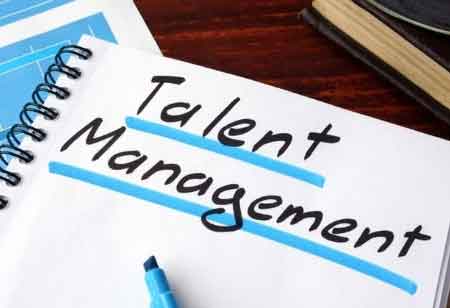THANK YOU FOR SUBSCRIBING
Be first to read the latest tech news, Industry Leader's Insights, and CIO interviews of medium and large enterprises exclusively from Hrtech Outlook
THANK YOU FOR SUBSCRIBING

By
HR Tech Outlook | Tuesday, August 24, 2021
Stay ahead of the industry with exclusive feature stories on the top companies, expert insights and the latest news delivered straight to your inbox. Subscribe today.
Organizations often benefit from self-reflection and a focus on human potential development. Coaching is also essential if an organization can provide it. If that is an option, it must be carried out effectively at all levels of management, including the executive leadership team.
Fremont, CA: Organizations that want to remain competitive in today's market must build their people (talent) strategy in an integrated manner, including alignment with the overall business strategy, future direction, and vision. Companies must find the complex intersection between business strategy and human strategy.This involves creating a long-term talent pipeline and successfully managing the talent. This growth mindset would fuel creativity, employee engagement, and the achievement of business objectives.
However, achieving the ideal stage is fraught with difficulties.Both the workplace and the workforce are evolving. There is a new employee mix, which includes Generation Z, increasingly growing millennials, Generation X taking over the C-suite, career changers, project staff, and people re-entering the workforce. And is emotionally and mentally prepared for a new way of functioning, and and has unique needs or expectations. This new workforce is subject to a new employment contract. They are no longer content to simply "come to work."They want to be a part of something — purpose-driven work that benefits their business and aligns with their personal values.
Organizations often benefit from self-reflection and a focus on human potential development. Coaching is also essential if an organization can provide it.If that is an option, it must be carried out effectively at all levels of management, including the executive leadership team.
Here are some tips for moving toward an integrated talent strategy:
Develop a talent management philosophy. It is critical to recognize the organization's talent issues, how they fit with the overall business plan, and what needs to be done to overcome these challenges.
Determine the most important talent acquisition processes. Succession planning, performance management, onboarding and retention, talent growth and coaching, diversity and inclusion, leading change, and workforce planning are all components of talent strategy.
I agree We use cookies on this website to enhance your user experience. By clicking any link on this page you are giving your consent for us to set cookies. More info

However, if you would like to share the information in this article, you may use the link below:
www.hrtechoutlookeurope.com/news/useful-tips-for-an-integrated-talent-strategy-nid-2266.html



